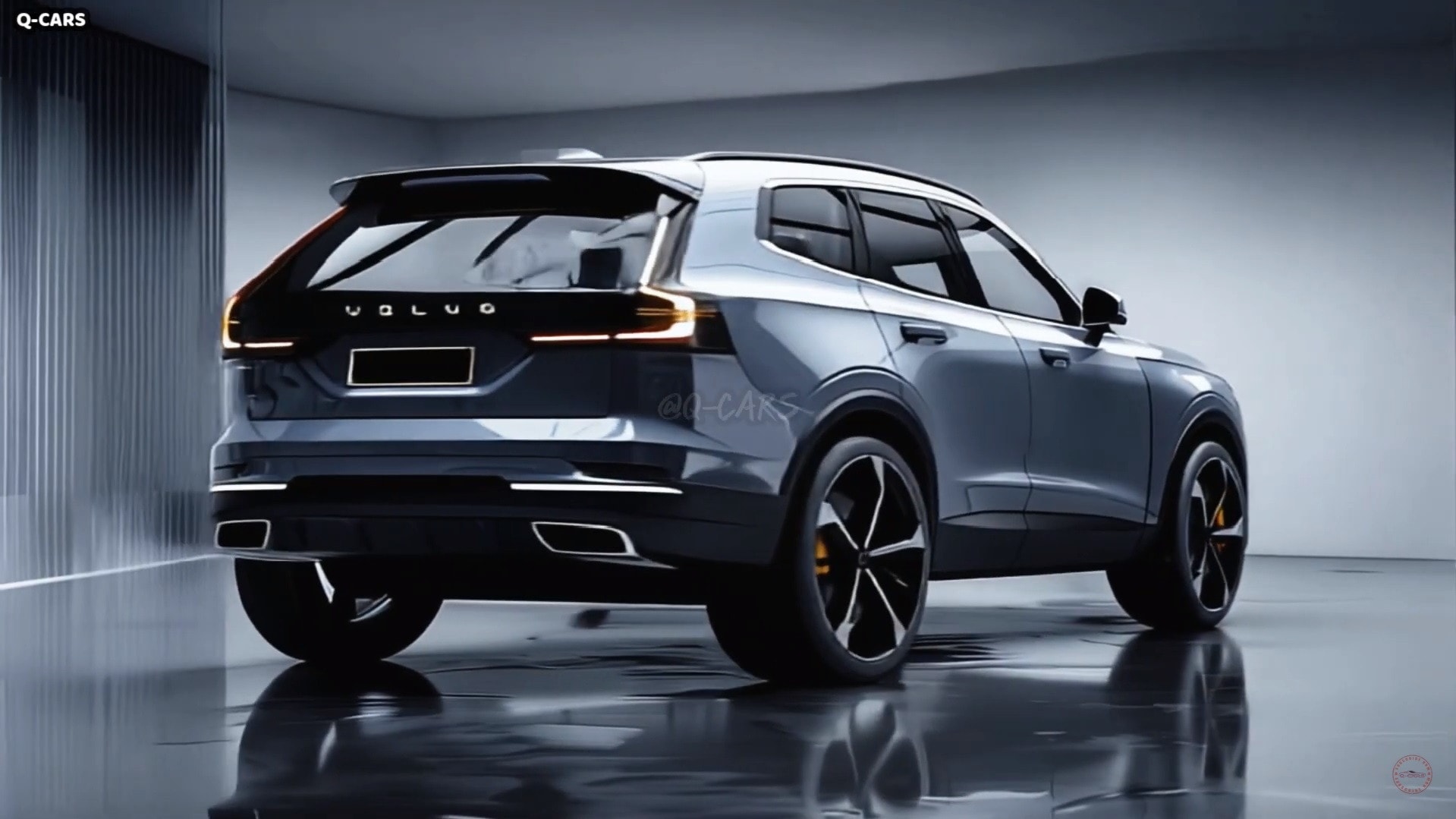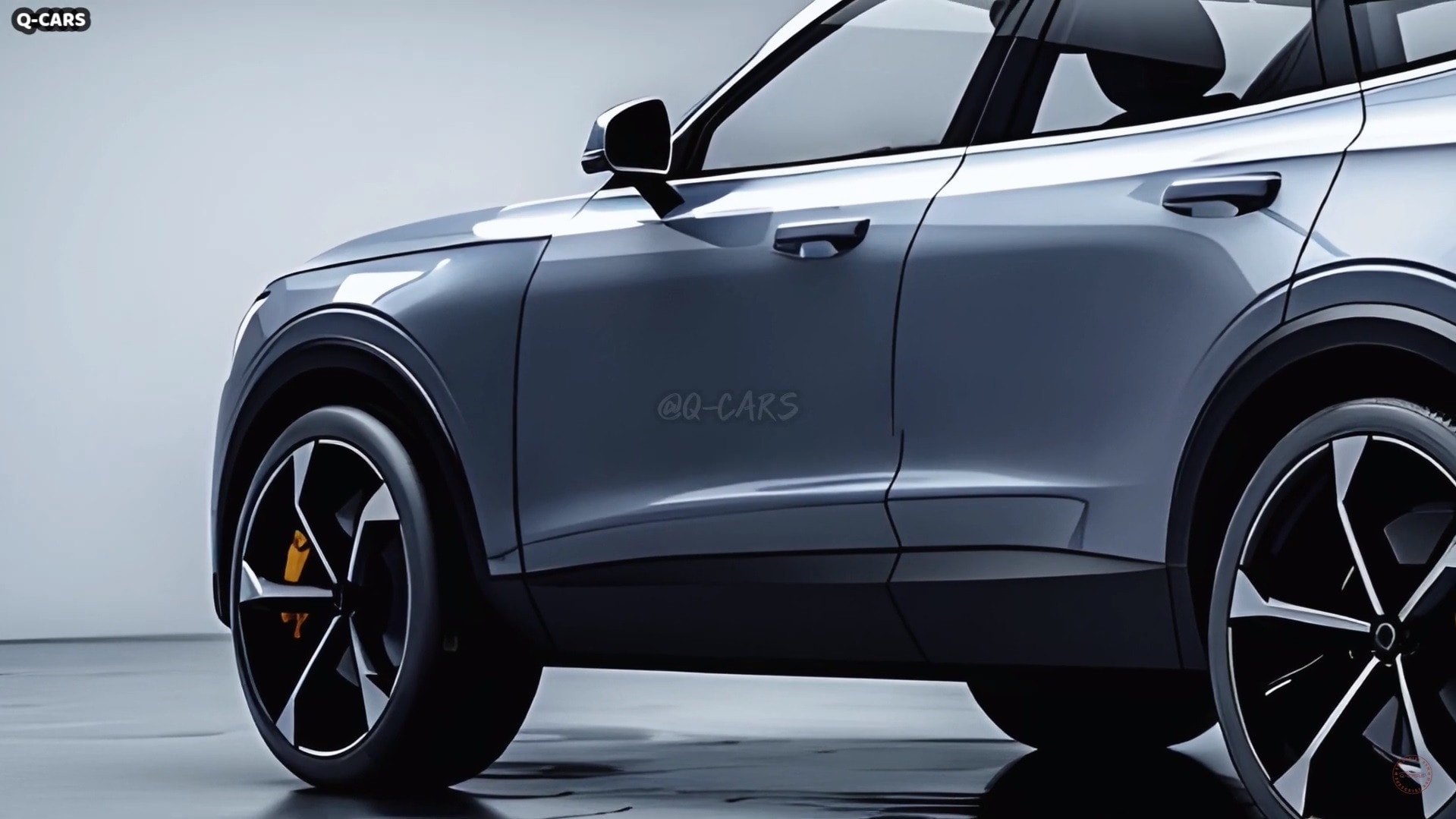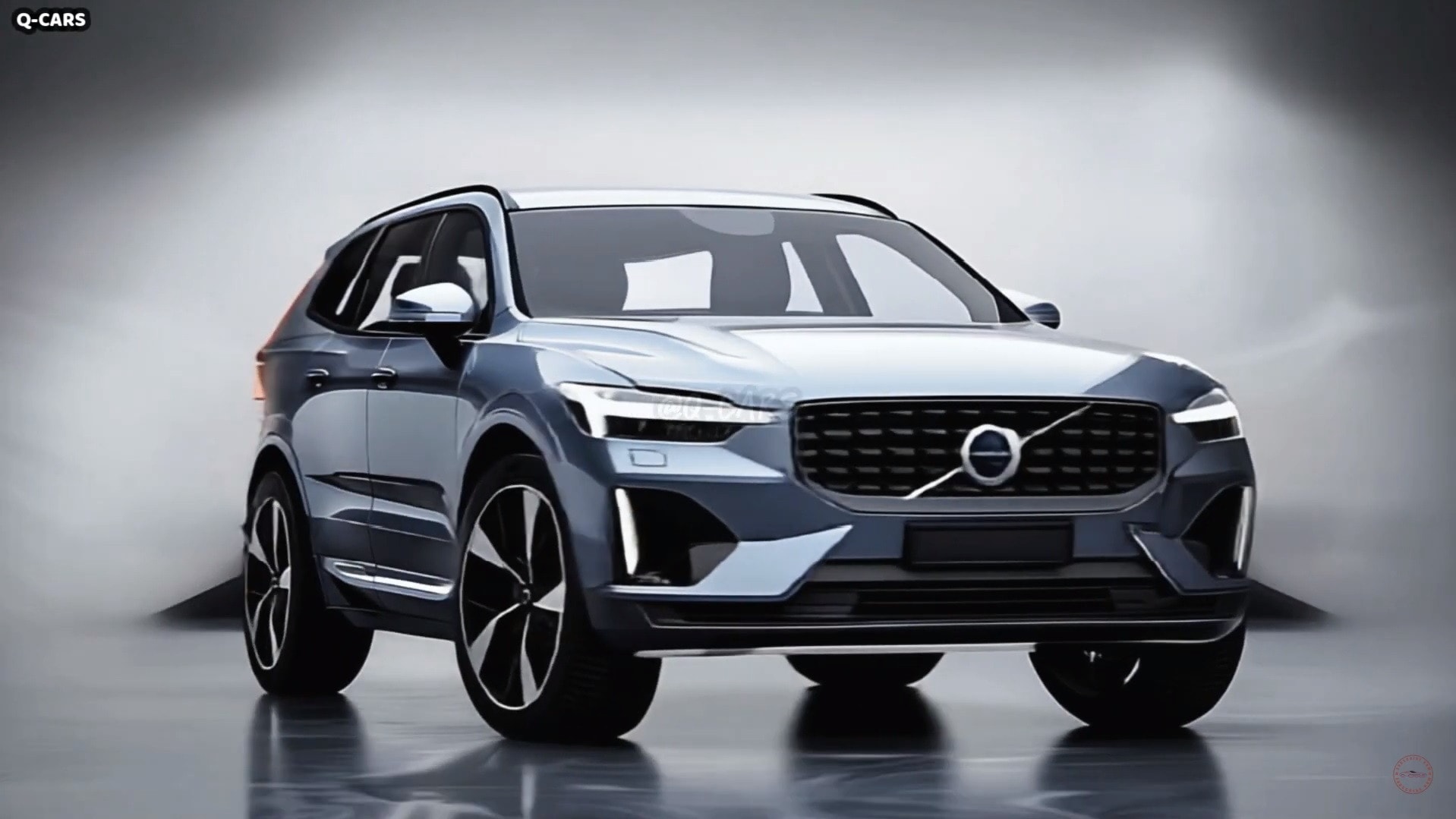The Volvo XC90, a cornerstone of the brand’s SUV lineup since its 2015 introduction, is undeniably approaching the twilight of its lifecycle. Despite a mid-cycle refresh in 2019, the passage of time has inevitably left its mark.
Speculation about a successor is rife, with rumors ranging from a substantial hybrid overhaul to a complete cessation of production. However, concrete information remains scarce. Volvo’s unwavering commitment to electrification, exemplified by the fully electric EX90, casts a long shadow over the XC90’s future.
While the recent retirement of diesel powertrains marks a significant shift, the broader industry trend towards electric vehicles poses a more profound challenge to the traditional internal combustion engine-powered XC90.

As Volvo strides towards its ambitious goal of becoming a fully electric automaker by 2030, the question of whether the iconic XC90 will continue in its current form, transition to a hybrid, or fade into automotive history remains a subject of keen interest and conjecture.
The future of the Volvo XC90 remains shrouded in mystery, but a recent digital rendering offers a speculative look into a potential next-generation model. The design concept, crafted by Q Cars, adheres to traditional internal combustion power and builds upon the familiar XC90 foundation.
The SUV’s silhouette is recognizable, yet it transforms with sharper, more defined lines. The front fascia adopts a sportier demeanor with a reshaped grille and aggressive bumper, while the rear receives a contemporary update featuring redesigned taillights and a prominent diffuser.

Larger alloy wheels, black accents, and a subtly sloping roofline enhance the vehicle’s athletic stance. While the rendering showcases a promising direction, it’s evident that substantial design refinements, particularly in the interior, are necessary to bridge the gap between concept and production reality.

